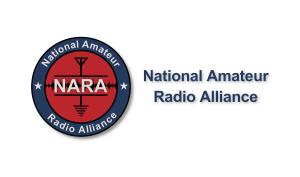On April 8, 2024, a total solar eclipse will cross parts of the United States. For millions of people along the path of totality, where the Moon will completely cover the Sun, it may feel like an eerie daytime darkness has descended as temperatures drop and wind patterns change. But these changes are mild compared to what happens some 100 to 400 miles above our heads in an electrically conductive layer of our atmosphere known as the ionosphere, where the “false night” of an eclipse is amplified a hundredfold. Three NASA-funded experiments will investigate the eclipse’s effects on the ionosphere through the power of radio, a technology well suited to studying this enigmatic layer of our atmosphere.
Whether you’ve heard of the ionosphere or not, you’ve likely taken advantage of its existence. This electric blanket of particles is critical for long-distance AM and shortwave radio. Radio operators aim their transmitters into the sky, “bouncing” signals off this layer and around the curvature of Earth to extend their broadcast by hundreds or even thousands of miles.
The ionosphere is sustained by our Sun. The Sun’s rays separate negatively charged electrons from atoms, creating the positively charged ions that the ionosphere is named for. When night falls, over 60 miles of the ionosphere disappears as ions and electrons recombine into neutral atoms. Come dawn, the electrons are freed again and the ionosphere swells in the Sun’s illumination – a daily cycle of “breathing” in and out at a global scale.
A total solar eclipse is a scientific goldmine – a rare chance to observe a natural experiment in action. On April 8 the three NASA-funded projects listed below are among those “tuning in” to the changes wrought by a blotted-out Sun.
Read more – EurekAlert:








More Stories
via Amateur Radio Daily: NARA Hosts Club Week Special Event
via the ARRL: Ham Radio Operators to Support Indian Ocean Tsunami Exercise
via the ARRL: 2026 ARRL Foundation Scholarship Program is Now Accepting Applications